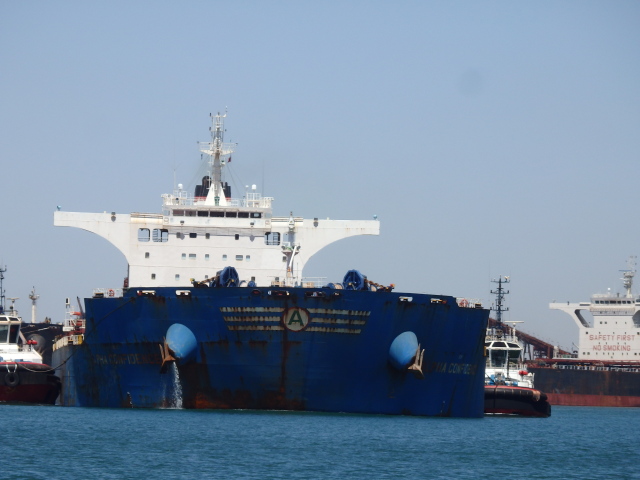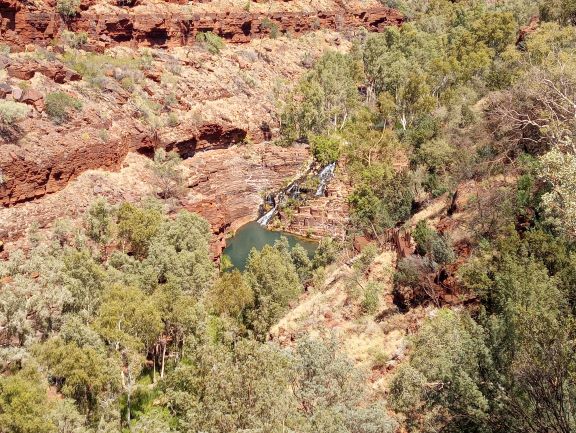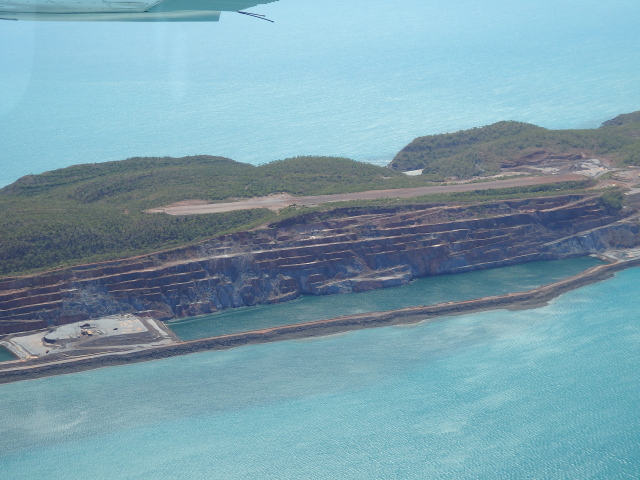We were still driving long distances between towns when you compare most other countries but less than 250 kilometres in a day was small fry for us now. Meekatharra marked the point when we started to feel much closer to home and, also, when we started to wonder why hadn’t we come out here before?
We had now met quite a few other ‘senior’ travellers in similar circumstances to us, with time and money available and only WA to explore in these Cov19 times. In the Goldfields, there seemed to be a number on our exact route who were staying at the same accommodation! That was in addition to the multitude of miners and contractors who made all the motels and hotels seem a bit like mining camps.
For four consecutive nights we stayed at old historic Goldfields townships: Meeka, Cue, Sandstone and Leonora. What they all had in common was a rich past (literally paved in gold) with some wonderful buildings still standing, a resurgence in mining activity due to present gold prices and an appreciation of their tourism potential.

Meekatharra 
Meekatharra 
Meekatharra 
Cue 
Cue 
Masonic lodge, Cue – 
Cue
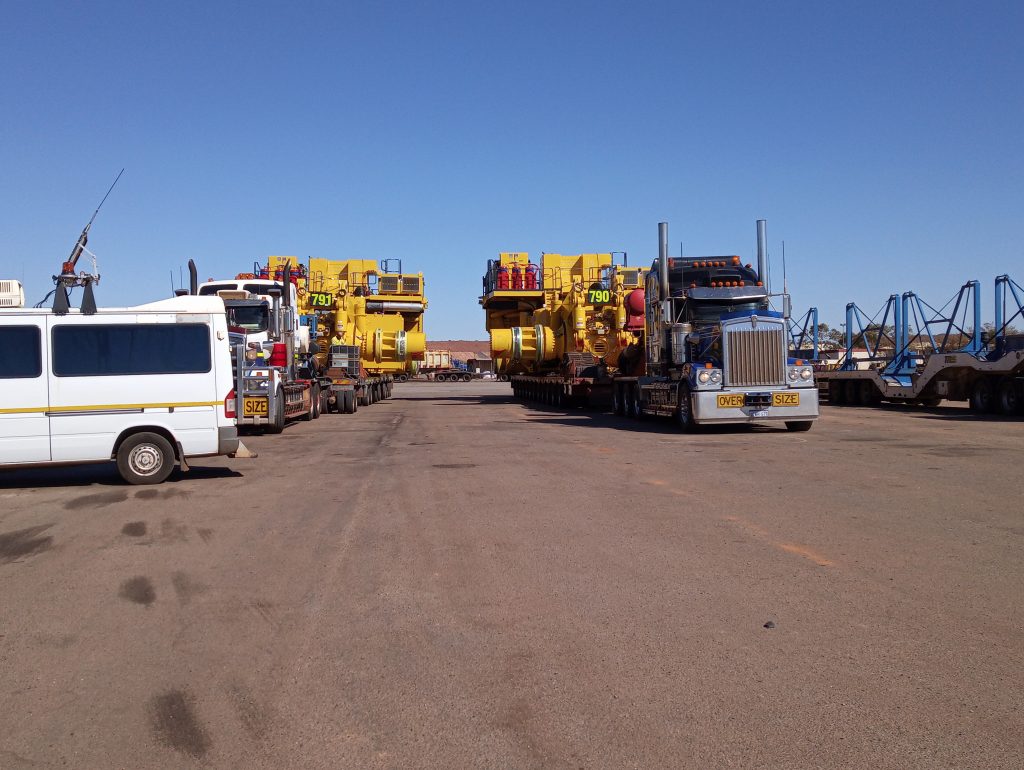
Ships of the Desert 
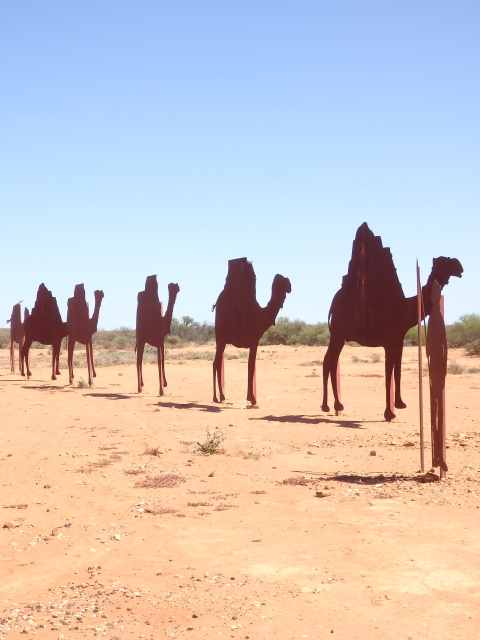
Cue
All four were tidy and well looked after, accommodation was available and the roads were excellent. The main streets of all of them were very wide, probably for stage coach turning, with well posted walking trails to follow around the historic sights, some maps of which are available on line for most of the towns.
Cue presented itself well through its sense of being in history and its isolation, just sitting ready to be re-invigorated by more regular tourism and other more long lasting local business. A local advised there was plenty of work in town, though not enough houses for would be residents. We stayed at The Queen of the Murchison BnB on the main street, a fabulous old building with welcoming hosts, Joyce and Darryl. Our room was the best we had had on this trip, large with comfy chairs and the most comfortable bed for weeks! Good wifi too! Many accommodation businesses rely on mining to survive with drive in-drive out miners and drillers creating ongoing livelihoods.

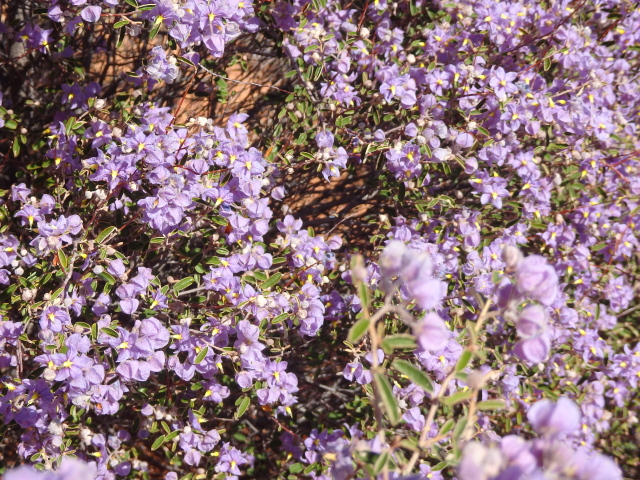
Purple burst! 
Red burst 
:ondon Bridge, Sandstone 
London Bridge, Sandstone 
Heritage Battery, Sandstone 
Sandstone Hotel
As we drove between the towns, we passed old and newly working mining tenements, ghost towns, mulga bush and red dirt interspersed with the occasional blaze of purple, yellow or red spring flowers along the roadside. We frequently pondered how the early miners and their families survived in such harsh conditions, living in tents and showing amazing resilience and improvisation and how quickly whole towns sprang up with fancy pubs and newspapers and all sorts of mining related commerce. Mining was such a dangerous occupation with over 1800 fatalities in WA in the 20th Century. The attraction of gold and the wealth possible from its discovery brought thousands to a very unforgiving land.
Sandstone, which nowadays would struggle to number 50 permanent residents, was a small city of 6,000 with 4 hotels, 4 butchers and 2 banks and a railway to Geraldton via Mt Magnet. When the gold ran out or it became uneconomic to mine, people and often buildings were relocated to other towns. We did the tourist drive on a well graded road and came across the London Bridge, where picnics were held in the heyday and camel trains and carts were driven over the increasing fragile ‘bridge’. The heritage listed “Battery” looked out over acres of old tailings piles. Tailings mountains dotted the landscape throughout the trip from Port Hedland to Kalgoorlie.
The Shire of Sandstone provides the only fuel station in town now, self-serve, with diesel and ULP available, though there was mention in the town newsletter of upgrading to provide ULP95 too for all these higher tech cars like ours that run on something more refined. A tip for travellers is to check ahead for fuel availability at local tourist bureaus en route as Menzies only had diesel on offer when we passed through.
The only surviving semi-intact gold mining ghost-township of the goldrush period is Gwalia, near Leonora, which still has an active mine right beside it. It is a heritage site of national importance with dozens of refurbished buildings including the Mine Manager’s house, designed by US President Herbert Hoover, and the original mining head frame built of Oregon pine in 1899. The simple huts and rooming houses built of tin with whitewashed hessian sack walls and dirt floors are open to view, so it is possible to get a real idea of how everyone lived. The community and the Shire of Leonora have done a great job with the restoration.

Gwalia Open Cut 
Part of the Winder . Gwalia 
Headframe, Gwalia 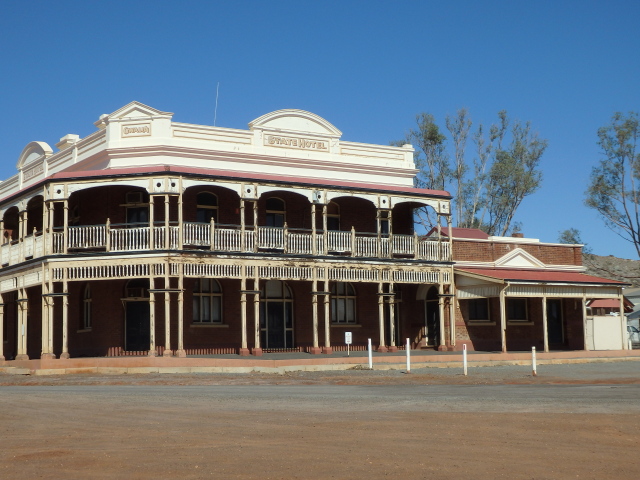
Gwalia Hotel
Lake Ballard is a must see for anyone passing through Menzies. Take a right turn off the main road south and 50km on a mostly sealed road brings you a large, dry, lake bed stretching for kilometres and lots of photo opportunities provided by the landscape and Antony Gormley’s eerie sculptures set into the salty ground. The light was perfect with cloud cover early before the sun blazed.

Lake Ballard 
Lake Ballard 
Lake Ballard 
Weed? Lake Ballard
As you drive closer to Kalgoorlie, the Great Western Woodlands stretching all the way to the south coast and westwards to the Wheatbelt, an area the size of England and the largest remaining Mediterranean climate woodland on Earth. Although much of it was felled as fuel for domestic and mining use in the past, it has survived and is thriving with such diversity that 20% of Australia’s eucalypt species exist within it. The trees are slender, with multiple coloured trunks and crowns of green and they look spectacular in the late afternoon and early morning light.

Kalgoorlie, or Kal in the WA vernacular, is the Goldfields capital, a place of mining renown and intrigue with a history of booze, brothels, gambling and big bucks. We had not enjoyed Kal on a previous visit 30 years earlier when the girls were still openly plying their trade in Hay Street, it was dusty, a bit sleazy and seemed like it was stuck in time. This time round, it was cleaner and with more purpose and tourism was a major additional business. With so much architecture dating from 1895-1920, it felt a bit like we were visiting parts of Tony’s hometown, Dunedin, and most of the buildings are well-preserved and fit for purpose. Mining is still the main industry and the Superpit, which is now once again jointly owned by two Australian companies, will only employ locals, no fly-in fly-out workers. The Golden Mile deposit in the middle of Kalgoorlie is one of the richest gold deposits in the world with over 1,000 ore lodes, some extending 1800 metres long and 1200 metres deep.
The Tourist Tram ride took us on a 2 hour tour of the main sites in Kalgoorlie Boulder, including the Racing Museum and the Boulder Town Hall with the famous Goatcher Theatre Curtain installed..

Boulder Town Hall 


Kal was the spot on the map where, after six weeks of discovery, we turned right, heading for home!
Heading west towards Fremantle, we stopped first in Coolgardie, only a short drive from Kal. Gold was first discovered in 1892. At one time, Coolgardie was third in area and population only to Perth and Fremantle. It almost disappeared before tourism revived it somewhat.

Two of the many old hotels, Coolgardie 
Drill Hall, Coolgardie
Coved19 limits on backpackers entering the country, coupled with the lack of young city people interested in a country adventure has meant that many regional businesses are short of staff, some choosing to close down and thus reducing the offering for the tourists who do come through looking for food and respite. The pub landlord was closed the day we visited due to having no cook and the only food in town was at the roadhouse, where the harried assistant commented that she couldn’t wait for retirement and produced the best almond milk hot chocolate.
We were gradually slowing down our tourism activities in anticipation of being close to home – only another day away… Though we did manage some enthusiasm for another two museums on our penultimate travelling day, both telling stories from a different perspective. Coolgardie, a gold town past its heyday but with an excellent museum and only $2 to go in. Finally, a couple of hours drive away we got to Southern Cross in time to see the Yilgarn Mining and Pastoral Museum. Southern Cross is a settlement with plenty of future at the edge of the Wheatbelt. We had scored the last bed in town in the Palace Hotel and the lack of tea-making and ensuite facilities spoke more about the modest price we paid.
The workers were up and off to work early – breakfast was only available at 5am or 6am shifts – so we decided to get out on the road on a brisk morning. We lasted till Merredin where we found a marvellous breakfast and arrived home by lunchtime.
We both felt six weeks of travel was the perfect time for this journey as living out of a suitcase and a different bed each night can become wearisome if there are no longer stays included. We did see so much of this great state of Western Australia. We had discovered new destinations, been surprised by the scale of mining throughout the NW, taken in some amazing landscapes, and driven 8500 kms. We returned home content and already planning the next trip to see the things we missed this time round …… definitely worth the #WanderOutYonder!






